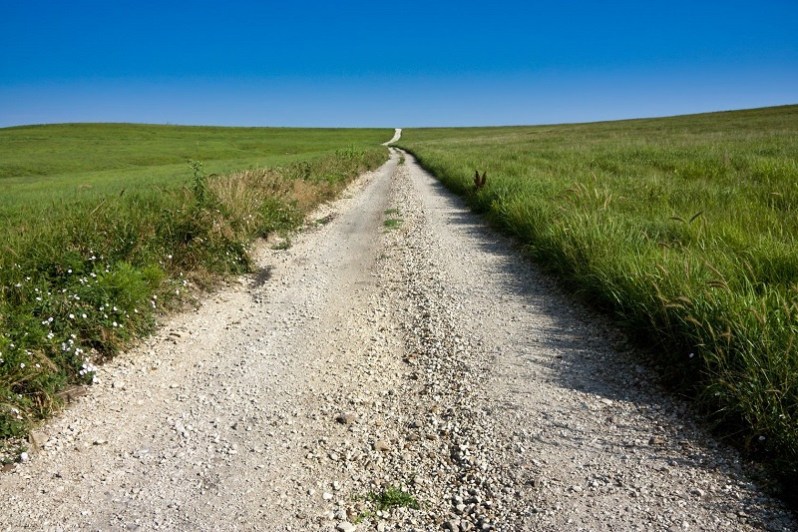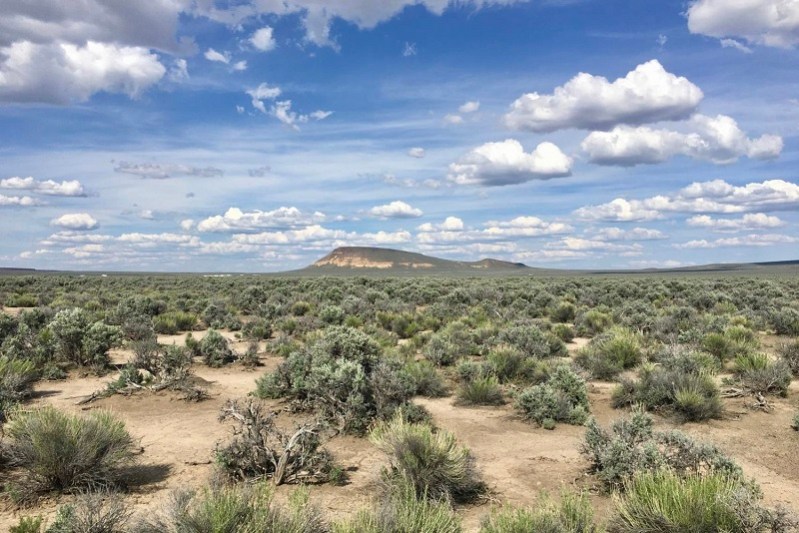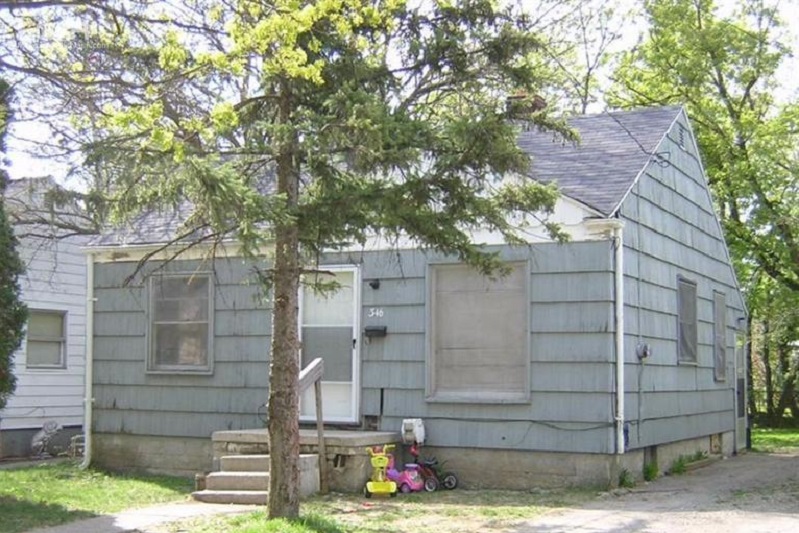It’s 2017 and first-time home buyers have it tough. Around the US — and the world for that matter — housing prices in desirable areas have climbed steadily since the financial crisis of 2007-2008. For those looking to settle down, it feels like every day that goes by is a missed opportunity in a market that seems to have no roof. In the 21st century, is there still such a thing as cheap land?
Related Reading:
According to the US Federal Housing Finance Agency, home prices in 2016 rose in 46 states and the District of Columbia. For those looking to buy a first home, this news might not be so welcome. If you’ve started looking for properties, it’s likely your realtor has repeated the mantra, “Location, location, location.” Ok – great. As easy as that sounds, those words won’t bring down the price of your dream home in a place like Portland, Oregon — a state with a 2016 annual appreciation of 11%. So let’s approach the situation with a different mantra… Price, price, price.
Using varied interpretations on the definition of price, we at The Manual researched a few properties in the US where land is cheap. Unless you are looking to start up an aloe farm in the desert, these places might not fit many — or any — of your other home buying criteria.
1. The Cheapest We Could Find

If you’re looking at price alone, Marquette, Kansas has an offer you can’t refuse. The land they are offering is so cheap… it’s free. From the town’s website, “The community of Marquette, Kansas is offering free building lots to interested families who are looking for an extraordinary small town, in the heart of America, to call home.” If you prefer open spaces to buildings and people but still want a community, this might just be the right spot for you. With a population of around 600 people and the infamous Kansas Motorcycle Museum, this could be a diamond in the rough for the right family.
2. The Cheapest Per Acre

In Gerlach, Nevada you can get land as cheap as $157 per acre. With that kind of a price tag, you know there has to be a catch… The first catch – to get that kind of rate you would have to consider buying in bulk. For example, check out this rural lot in Gerlach, NV, which is boasting 38.1 acres for just shy of $6,000. Did I forget to add that it’s on sale with over a 50% discount? The second catch – it’s a desert with windswept plains and little vegetation. It is land, but that’s just about all it is. From the website, “If you like seclusion, true-blue skies, and the silence of the outback, this property is for you.”
3. The Cheapest in a City

For those of you yearning to live in populated areas, there are discount options in cities that are seeing the opposite of up-and-coming. Cities like Detroit and Flint have foreclosed lots or extremely-motivated sellers that are willing to sell lots with homes for bargain prices. This particular 2 bed, 1 bath in Flint, Mchigan is selling for less than $3,000 and is open to other offers. It’s good to note that a deal can be too good to be true when there is a potential for major liabilities such as ground contamination, plumbing issues, lead poisoning…etc.
Looking at the options outlined above, a trend becomes evident where cheap land is actually quite expensive. The monetary cost might be low, but you’ll end up paying in cell phone reception, access to utilities, proximity to supplies, health hazards… loneliness. Perhaps the takeaway here is that your realtor is mostly right. Location is not a stand alone feature as it also affects almost every other variable when it comes to staking out your ground. When it comes to price point, free land in Kansas might not be so bad. The Motorcycle Museum actually has 14 reviews with 4.8/5 stars! Just to be safe, though, maybe take a spin through town before packing your bags.


